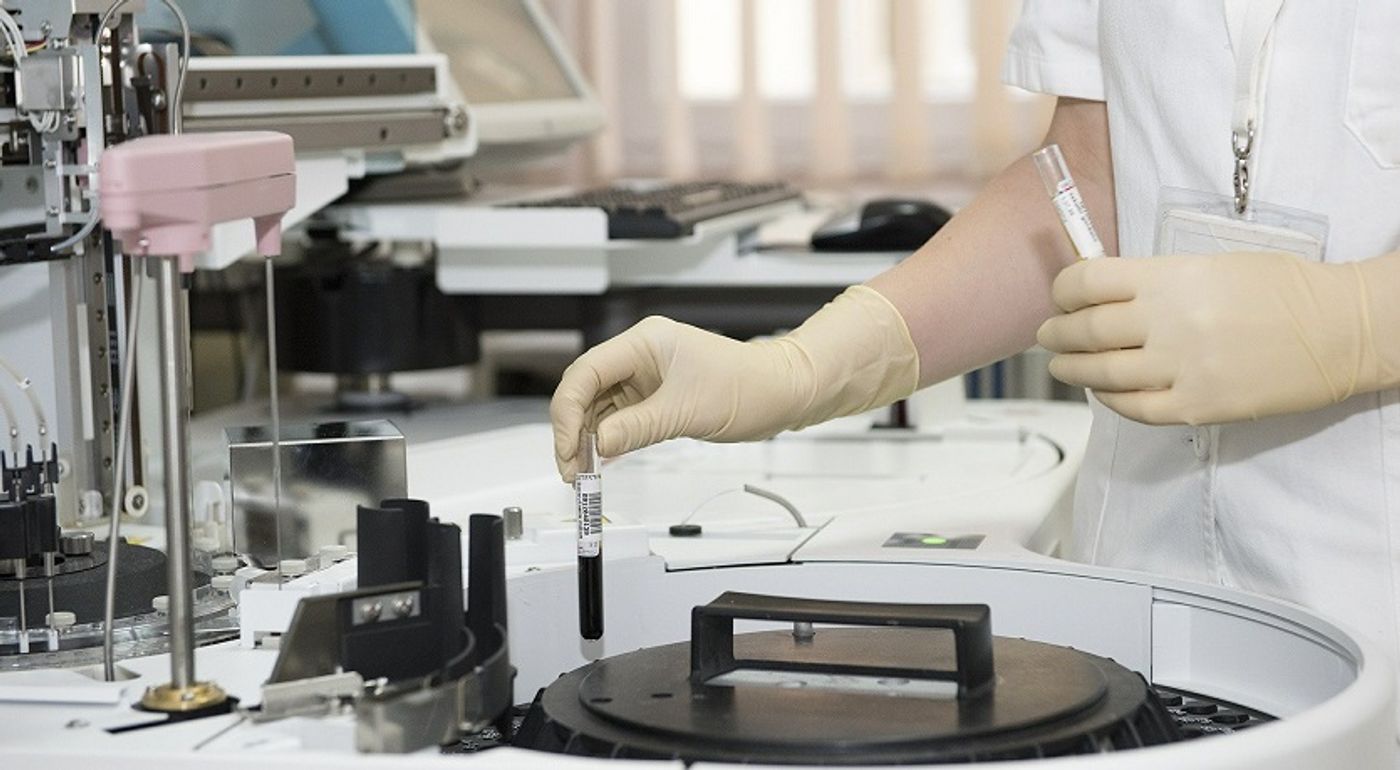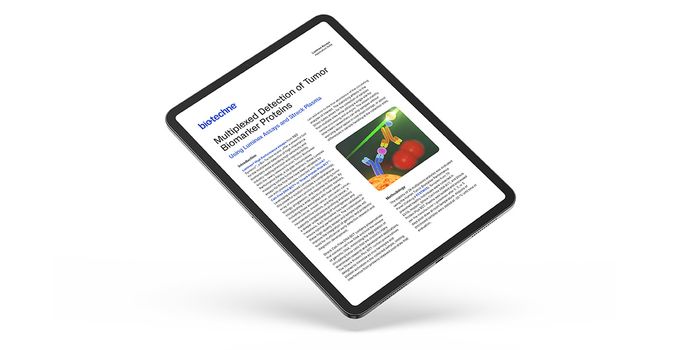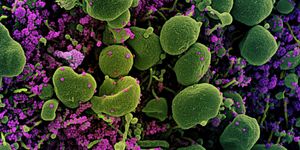A New Transcriptomics Program in the Works Glioma Diagnosis
The future of medicine is “personalized healthcare.” However, testing remains a critical hurdle researcher’s face as they must develop tests that can identify the unique signatures a disease gives out.
Transcriptomics is one such area researchers have been exploring. This is the study of the transcriptome, a profile of proteins currently active within a cell. This profile can change depending on the cell type, activity, or environment. By measuring a cell’s transcriptome, you could, in theory, identify its cell type and what state the cell is in.
This technology is being applied to cancer diagnostics with some success. Cancer cells have a unique transcriptome compared to healthy cells. If a doctor could take a blood test and get a transcriptome of the cells in the blood, they could identify if the patient had cancer, what type of cancer it was, and even get a prognosis for the patient.
A few programs are capable of taking a transcriptome dataset and identifying individual cell types from it, but many cannot identify “new” cell types. They use what are called transcriptome atlases as reference datasets, which often lack important cell types. If you used one dataset that lacks cancer data as reference, the program might classify the cancer cells as some other cell type. This is where a team from Stanford University stepped in.
In a new study, the team introduced the Northstar program. This program improves upon other transcriptomic programs by successfully identifying “new” cell types in test data. It also simplifies the reference dataset into “averages,” which decreases the amount of work the program needs to do to run the program.
The team ran Northstar successfully in several trial runs. In one attempt, a glioblastoma dataset was run with a reference dataset that held no cancer cell types. The program successfully grouped cancer cells as a “new” cell type. The program’s run time was also dependent on the amount of test data, with the runtime as low as 9 seconds for a modern laptop.
The program’s ability to quickly and accurately identify “new” cell types from test transcriptomic data makes it useful for comprehensive testing. One could imagine a point when a doctor might run a transcriptomic test and encounter “unknown” cell types in a blood sample. This program would group these samples into their own categories and sub-categories, where other programs dump them into an “unknown” category, or just into some other cell type. This is a step in the right direction towards effective personalized healthcare.
The study concludes, “Cell atlases provide an invaluable resource to study heterogeneous disease and in particular cancer. Northstar’s unique ability to identify healthy and neoplastic cells is an important step towards personalized diagnosis and characterization of disease states at the single cell level.”
Sources: Nature Scientific Reports, Garvin Institute of Medical Research









